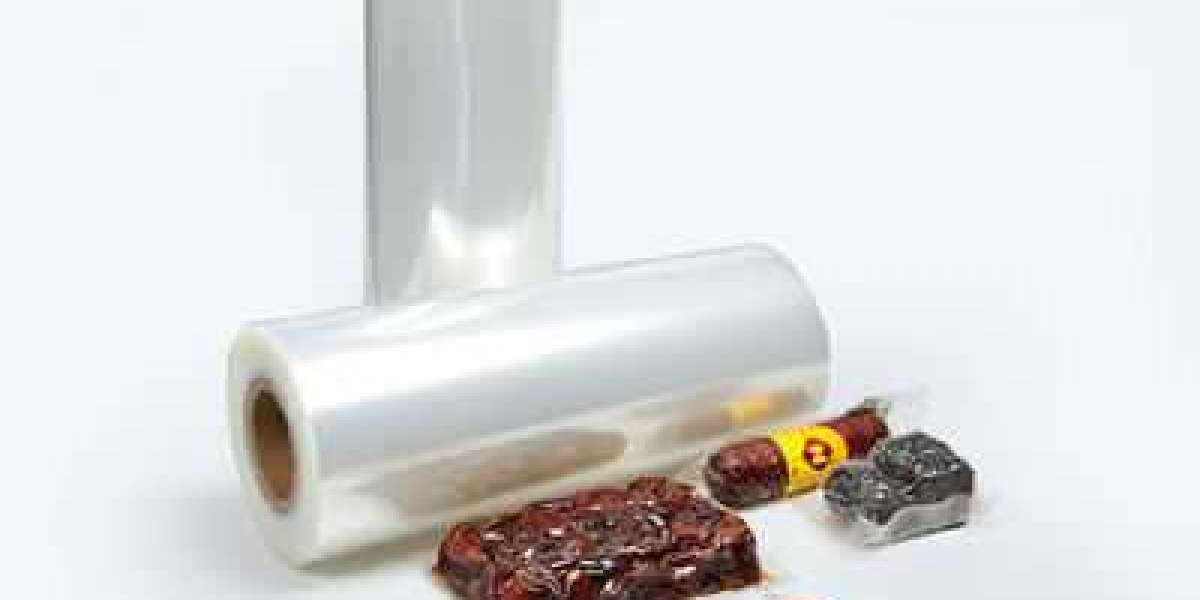PET film
Polyethylene terephthalate is a strong, lightweight form of plastic resin and polyester with a clarity very similar to glass and absorbs colorants well. PET is commonly used in food packaging due to its strong barrier properties to water vapor, dilute acids, gases, oils and alcohols. PET is also shatterproof, slightly flexible and easy to recycle.
PET film is one of the most widely used plastics for thermoforming. The material is molded into a specified shape and then dried to increase resistance. This plastic is used in the production of food containers, beverage bottles, synthetic fibers, and more. PET is the most common plastic used for thermoforming packaging designs because it has a high-strength barrier that resists external tampering or other elements.
PVC film
PVC plastic or polyvinyl chloride is a rigid plastic designed to withstand harsh shocks and extreme temperatures. The material is most commonly used to make cables, roofing, commercial signage, flooring, faux leather apparel, pipes, hoses, and more. PVC plastic is produced by suspension polymerization to create a rigid rigid structure.
Physically, PET and PVC have similar properties, and both PET film and PVC film materials are well suited for thermoforming, but there are some key factors in which PET is superior to its predecessor. It has higher thermal conductivity, which ultimately means less energy and faster cycle times are required to shape it when thermoforming. Another key environmental advantage of PET over PVC is that it can be recycled more easily, PET regrind can be used for return sheets, whereas PVC regrind is more difficult and expensive to use.
But PET film is more popular because many big companies (and Europe) have directives to avoid PVC. Because PET is recyclable and safe for food contact.


